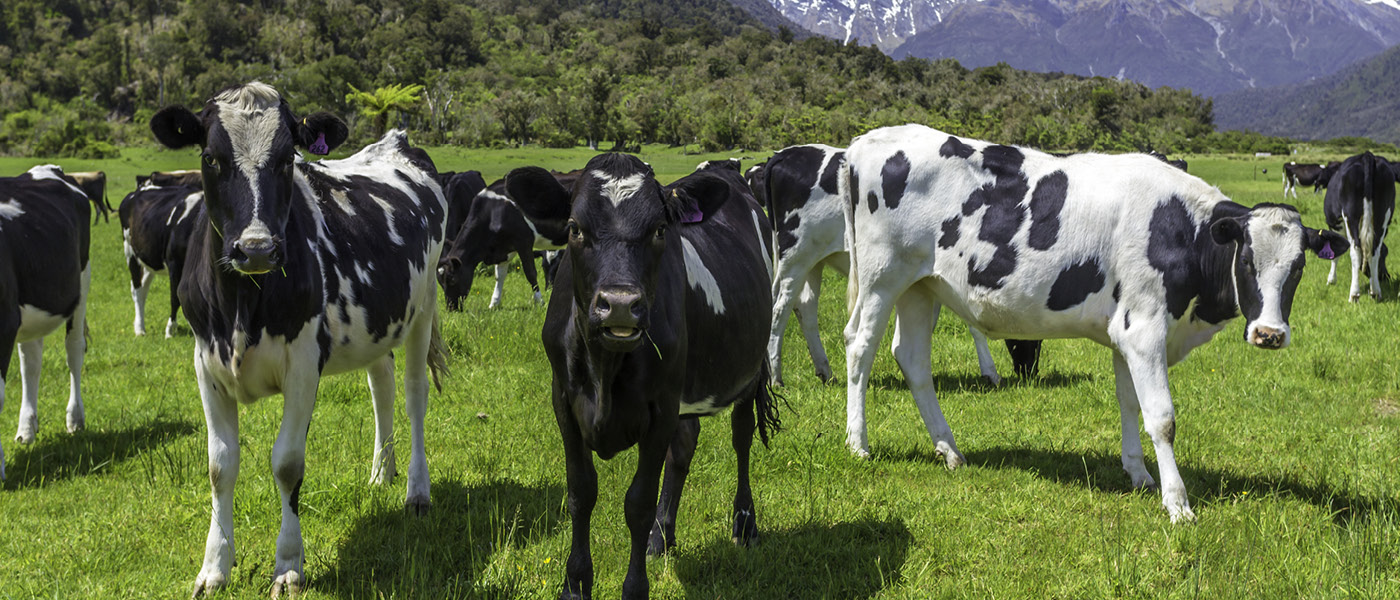
New Zealand’s pasture-based dairy system is characterized by a seasonal calving pattern that aligns with pasture growth, starting in spring and ending in autumn. The goal is to maintain a calving interval of no more than 365 days. To achieve this, mating should begin 80 to 85 days after calving, with most farmers starting around October 23rd for calving on August 1st.
A tighter calving pattern enhances production and reproduction performance. By increasing the interval from calving to mating, cows have more cycles and days in milk. This approach allows most cows to cycle before mating starts, reducing the costs of treating non-cycling cows. Typical conception rates for the first cycle are around 30-40%, improving to 55-65% by the third cycle.
To tighten the calving pattern, it’s crucial to get cows in calf as soon as possible. Focus on heat detection, especially in the first three weeks of the planned start of mating (PSM). Pre-mating heat detection helps identify non-cycling cows and record cycling cows, indicating mating success in the first cycle post-PSM.
Several factors affect the percentage of non-cycling cows, with low Body Condition Score (BCS) at calving being a common cause. Extended negative energy balance (NEB) after calving impacts BCS due to excessive energy reserve mobilization for milk production. Cows calving at BCS below the recommended target are at higher risk of delayed cycling. For instance, a 6% decrease in pre-mating heat detection is reported when cows calve at BCS 4.0 instead of 5.0.
Feed shortages post-calving prolong NEB, impacting BCS due to excessive fat reserve mobilization. Thinner cows often delay their reproductive cycle as a response to poor feed quality. Using pre-mating heat detection records and scoring the herd 3-4 weeks before PSM helps plan strategies to improve the nutritional level of thinner and younger cows. At PSM, at least 85% of cows should have a BCS of 4.5 or above to ensure good reproductive performance.
Check your cows’ NEB by examining fat-to-protein ratios, which should be in the normal range of 0.73-0.77 and optimally 0.75-0.80, depending on the breed. Ratios below this indicate higher fat mobilization, suggesting insufficient feeding.
To minimize BCS loss in thinner/younger cows, split the herd into two mobs post-calving. This allows 4-6 weeks pre-mating for light and/or young cows to improve their energy balance. Feeding preferences, such as supplementation or grazing in front of the main herd, help these cows gain BCS. Once-a-day milking (OAD) post-calving also reduces nutritional demand, minimizing BCS loss.
Optimal BCS pre-PSC and minimizing BCS loss between calving and mating are crucial for successful mating. Discuss feeding options with trusted advisors early to ensure success and minimize on-farm disasters.